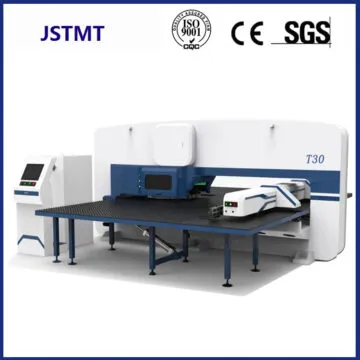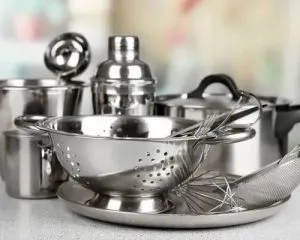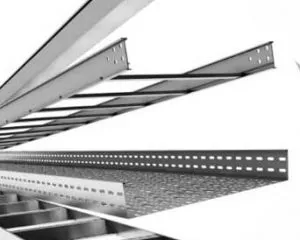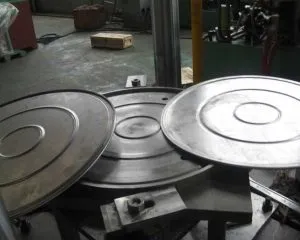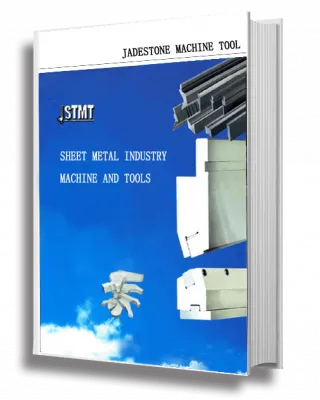CNC punching machine is a turret punch press for punching and forming sheet metal works, It includes hydraulic, servo-electric, and mechanical CNC types. the small turret punch press programs the sheet metal in an X and Y direction for accurate position. The turret punch has a central lubrication system for easy maintenance and long run life. It is high precision and productivity as a cost-effective choice.
The CNC steel sheet punching machine processing thickness ranges are 0.5-6mm thickness. and can fit materials steel, zinc, galvanized, aluminum, and stainless. Its working process is stamping, blanking, drawing, lanching, punching cutting. This CNC punching machine includes the structure, driven system, and working table. It uses the punch head to make a position between sheet metal and the multi tools. The punch moves downward and plunges into the die. The edges of the punch and die move past each other in parallel, cutting the sheet in one stroke.
The CNC control hydraulic punching machine has mechanical, hydraulic, and servo motor driven types. It has a wide variety of working tables of 1250x2500mm and 12,24, or 36 tool stations. we offer high speed CNC press tooling for Amada, Euromac, Trumpf, Stripped, LVD type. Please contact for your solutions for this high performance metal punching machine today.


